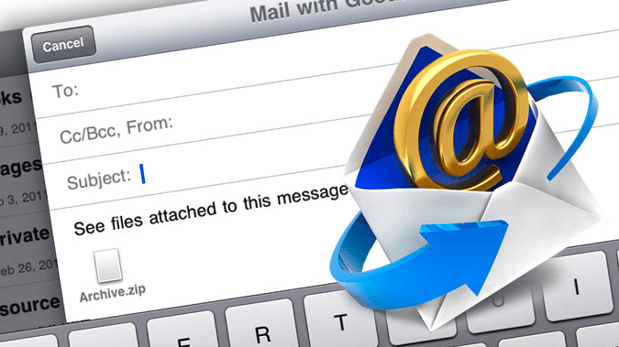
Nevertheless, you’d probably like to have 2 hours and 15 minutes back in your day, right?
Here’s the action: write short emails. The benefits of writing short emails are limitless. Shortening your emails will not only reduce time spent on email composition, it will increase your communication clarity and reduce the necessity to repeat yourself the next day.
Email is digital words, written on lines and, therefore, has lines to read between. Email is capable of immediacy, its human operators are not. In this post, we’re going to learn how to write shorter emails in four easy steps.
Step 1) Identify the email’s recipient
You wouldn’t use a megaphone to shout at your aunt Delores, would you? Of course not. You’re a tactful professional.
Same rule goes for email. Identify its recipient or audience.
Is the recipient a new acquaintance? Are they a superior? A subordinate? A peer?
I’ll share an experience that got me thinking about this. I was replying to a message from someone that is five management levels above me. I handled every syllable like a baby chick and was crystal clear on each detail. I anticipated the superior’s questions. I provided direct answers. I lost four pounds of weight from sweat while writing it. The results were remarkable. I found myself motivated to shed extra words. I didn’t wander or try to fudge answers. I also noticed its brevity.
Warren Buffet says, in as many words, to demonstrate your capability with clarity in words in the SEC “plain English” handbook, and excess is not required:
"Perhaps the most common problem, however, is that a well-intentioned and informed writer simply fails to get the message across to an intelligent, interested reader. In that case, stilted jargon and complex constructions are usually the villains." -- Warren Buffet
When you can identify your audience, you can anticipate their needs. When you can be direct toward those needs, it will be clear you respect their time enough not to blither, and that your words bear authority, reducing their need to ask for a follow-up.
Step 2) Reduce the reader’s time to answer and simplify the conversation
You are emailing or being emailed because you are helpful and needed. Make your answer simple, and shortened emails will follow. The reasons why are numerous.
Put yourself in a recipient's shoes. I imagine they receive innumerable messages a day, just like you and me. What do you typically look for in an email? You want to clearly understand the message but you also want it to be short, to the point and respectful of your time.
Consider some common email questions that you might receive. Here’s one example:
Hey Alex, can we move the call from 3pm to 3:30pm?
Recalling Step 1, identify the audience, I can approach Step 2 with clarity—simplify. It is not always just a matter of producing a response in fewer words since they may be asking more in their message than is revealed. It is up to me to know the whole answer and remove the extra wording.
In just a couple of days of this proven, structured, training - sessions can help any size team meet their sales goals for continued company growth. Backed by knowledge that has helped Roman oversee $5 Billion dollars of real estate sales around the world, imagine how your team would benefit!
Visit N5R.COM for more information.

